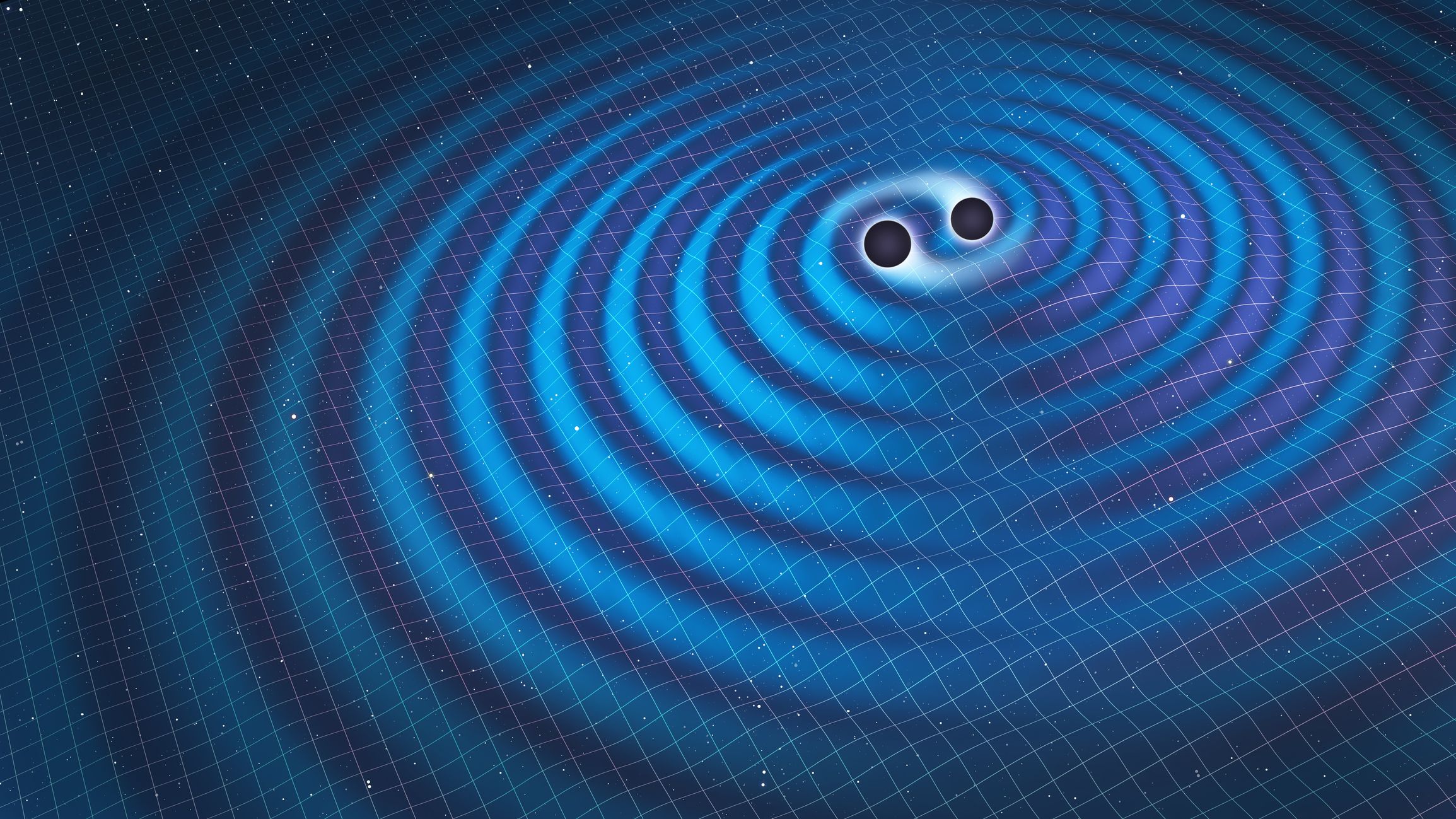We Might Soon Be Able to See Missing Ripples in Spacetime [View all]
Story by Jackie Appel • 1h ago

Ripples in spacetime known as gravitational waves contain huge amounts of information, but they are incredibly hard to detect. Not for long.
© MARK GARLICK/SCIENCE PHOTO LIBRARY
Ripples in spacetime known as gravitational waves contain huge amounts of information, but they are incredibly hard to detect.
Even with next-gen tech, it’s going to be very hard to separate a singular wave from the noise in the data.
Experts say that a constellation of gravitational wave detectors might be the answer, and there are already two proposals on the table.
Even in the vastness of space, sometimes things crash into each other. When two rocks do it, you can get a plethora of asteroids, or meteors. When a planet and an asteroid do it, you might form a new moon. But with something as big as a black hole merger, you get something remarkable: gravitational waves.
Gravitational waves are often referred to as “ripples in spacetime,” and they emanate from sources of immense energy like black hole mergers. First discovered in 1974—almost 60 years after Einstein first predicted them—they travel through the fabric of the universe at the speed of light, bringing with them information about where they came from and how exactly gravity works.
More:
https://www.msn.com/en-us/news/technology/we-might-soon-be-able-to-see-missing-ripples-in-spacetime/ar-AA19nrwM
